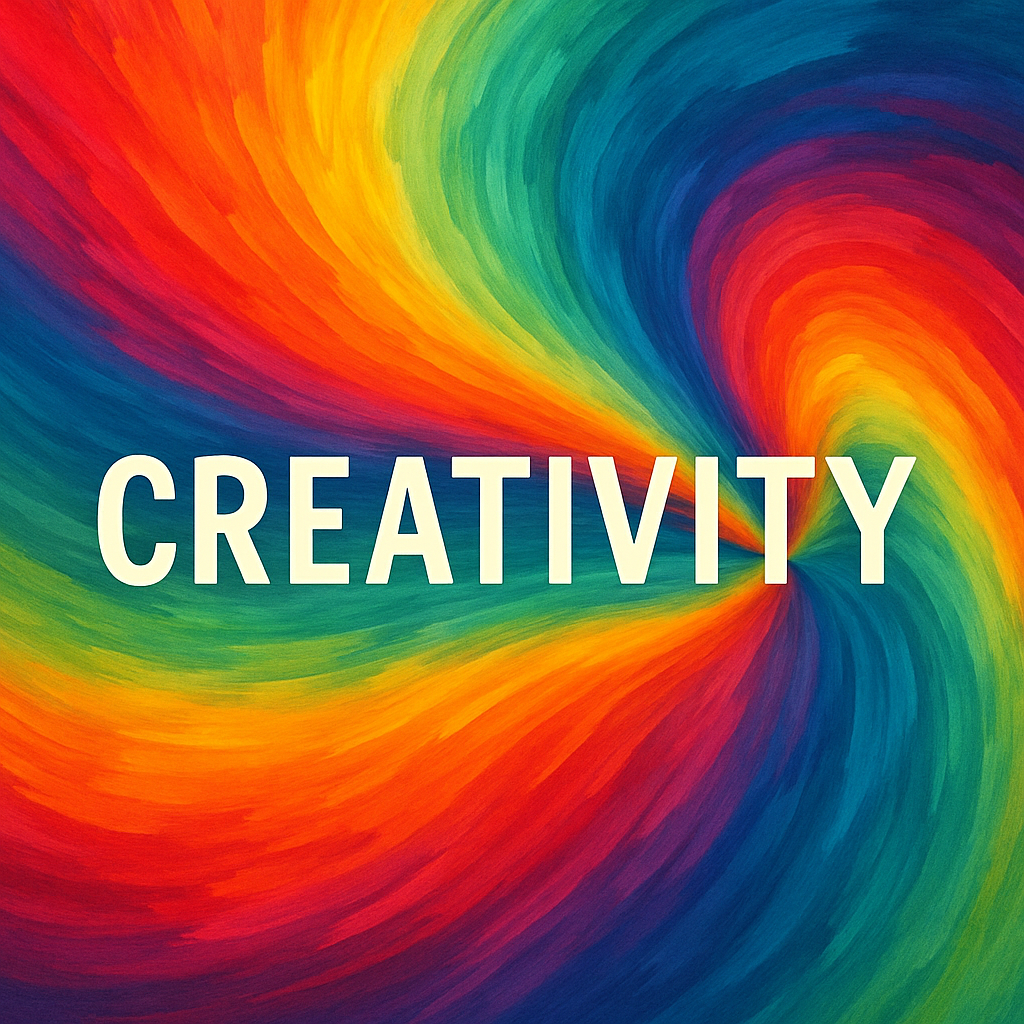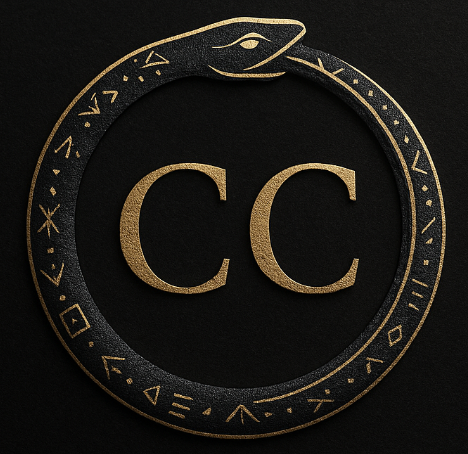Coaching an Odyssey of the Mind team is a little like trying to direct a play, run a startup, and referee a glitter fight all at once. Now add in six or seven intensely imaginative, impulsive, distractible kids—some of whom may be neurodivergent—and it starts to feel more like herding cats on roller skates.
But here’s the thing: those kids? They’re gold.
They’re the ones who will build a dragon out of dryer lint, solve a spontaneous problem sideways, and blow the judges’ minds if you can just keep them from literally setting the stage on fire.
So how do you strike the balance between harnessing all that wild creativity and, you know, actually producing something by competition day?
1. Make the Rules of the Game Visible
Creative kids often resist structure because it feels invisible or arbitrary. Instead of issuing rules as commands, frame them as constraints that fuel creativity—just like the parameters in OM problems.
“We have 15 minutes left to work on scenery. When the timer goes off, we switch to lines. Let’s see how much we can build in that time.”
Use visual timers, whiteboards, or sticky notes to show what the group is doing and what’s next. Externalizing time and tasks helps regulate attention, especially for kids with ADHD or executive functioning challenges.
2. Build Rituals, Not Just Schedules
Creative minds often thrive with repetition and rhythm—but resist rigid schedules. So instead of a strict agenda, develop rituals that signal transitions:
- Always start with a spontaneous warm-up game.
- Have a set “circle up” phrase or clap before team decisions.
- End sessions with a quick “What did we figure out today?” reflection.
This creates a felt sense of predictability, safety, and focus—without squashing their energy.
3. Channel Divergence with “Yes, and…”
Your team will have idea explosions. A simple “what if” can spiral into a 20-minute tangent about time-traveling raccoons. You want that level of engagement—but you also want to steer it.
Use improv-style redirection:
“Yes, and… how could that raccoon idea fit our skit’s theme?”
“Yes, and… let’s write it on the ‘maybe later’ list so we can build on it when we finish the scene.”
Affirming the idea keeps morale high. Redirecting keeps momentum going.
4. Assign Roles That Match Strengths (Not Just Tasks)
Neurodivergent kids often shine when you name and value their unique superpowers:
- The kid who’s constantly interrupting? Make them the Idea Tracker with a notebook.
- The one who zones out during building? Let them be the Script Whisperer or Mood Checker.
- The fast-talker who always jumps in? Have them lead warm-ups or manage the time.
Ownership beats discipline. When kids feel useful, they become more cooperative.
5. Create Space for Feelings and Friction
Big ideas often come with big emotions. Neurodivergent or sensitive kids may melt down, clash, or shut down completely. Rather than pushing through, build in space for emotional resets:
- A quiet corner with fidgets or sketchpads.
- Break cards kids can use if they need 5 minutes alone.
- Weekly check-ins about how the team is working together.
You’re not just coaching a problem-solving team—you’re coaching little humans learning how to collaborate under pressure. Emotional safety is non-negotiable.
6. Celebrate the Chaos—Strategically
Sometimes the most helpful thing you can do is stop and marvel at the mess.
“This looks wild—and I love how many ideas are flying around. Let’s pick one to build on today.”
Reframe chaos as creative abundance. Let your team know that creativity isn’t a straight line—it’s a squiggly, glitter-covered, cardboard-strewn adventure. But with your steady hand on the wheel, that energy becomes magic.
You’re Not Taming Lions. You’re Teaching Them to Choreograph a Circus.
Coaching a wildly imaginative OM team—especially one full of neurodivergent brilliance—isn’t about control. It’s about guiding, mirroring, and protecting their spark while nudging them toward shared goals. Structure doesn’t have to kill creativity. In fact, the right kind of structure helps it shine.
And when that final performance comes together—when their wild ideas, weird jokes, and cardboard contraptions coalesce into something only they could have made—you’ll know it was all worth it.
Even if your hair is still full of glitter.



